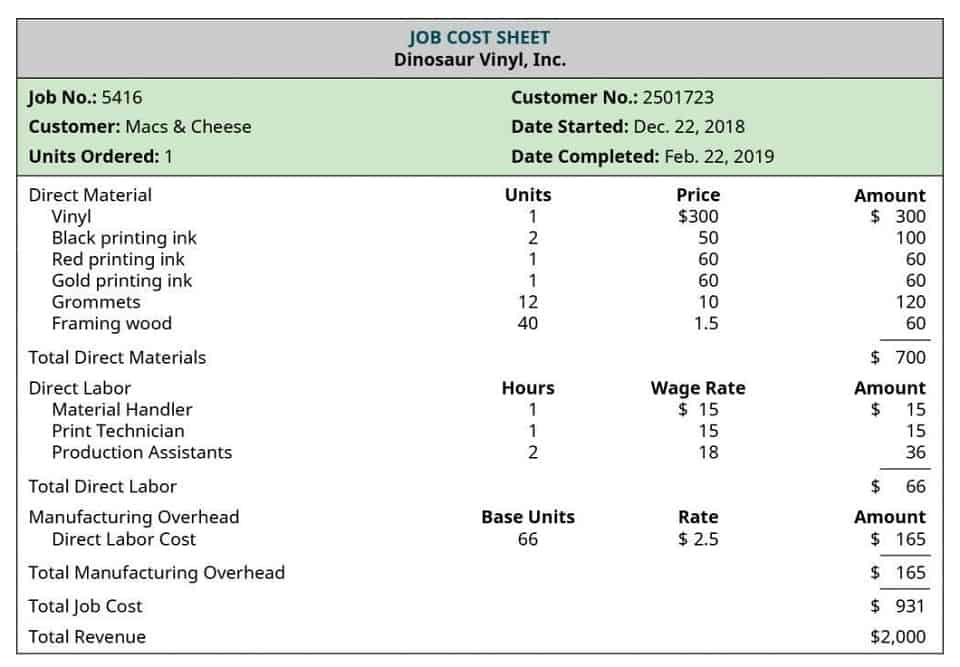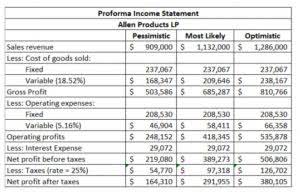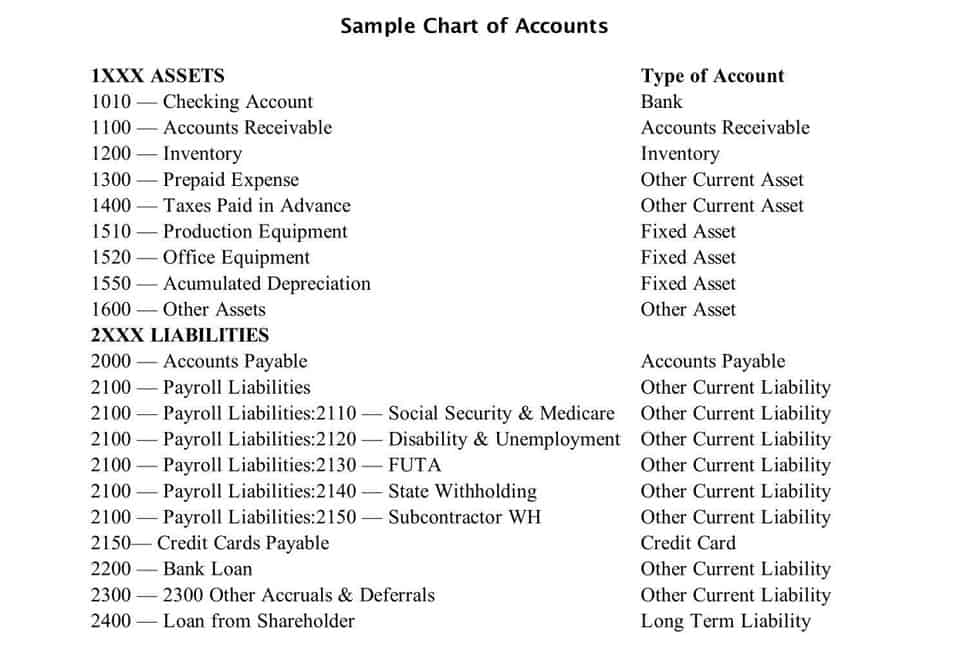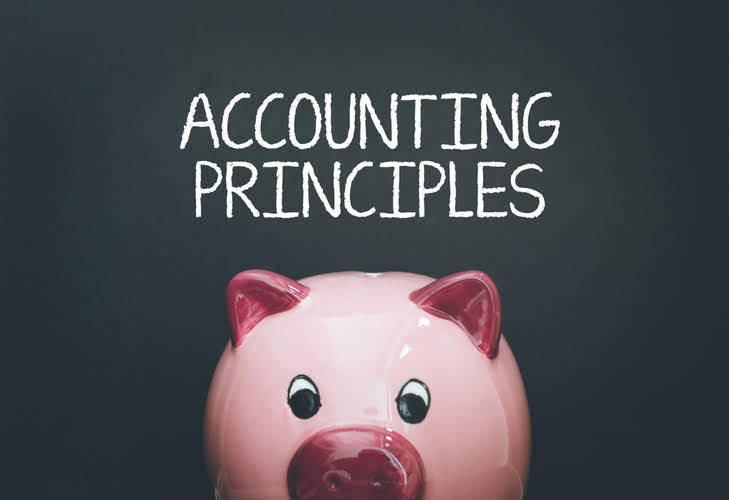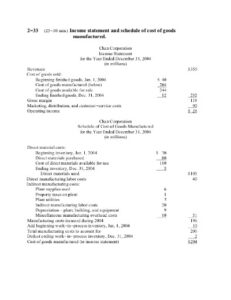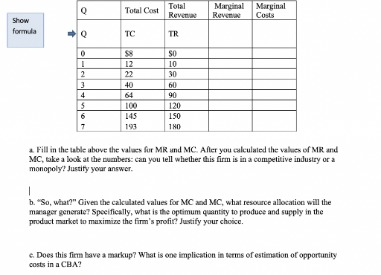Capitalization is a fundamental concept in accounting and finance that enables businesses to accurately reflect the value of long-term assets and manage their financial resources effectively. By capitalizing expenses that create lasting value, companies can align their financial statements with their operational realities and strategic goals. Effective capitalization practices ensure that companies maintain transparency, compliance with accounting standards, and a clear picture of their financial health over time.
- The decisions made around capitalization can have long-term effects on a company’s reported earnings and financial stability.
- Examples include expenditures on property, plant, equipment, and certain intangible assets like patents or software development costs.
- A cost on any transaction is the amount of money used in exchange for an asset.
- In accounting, typically a purchase is recorded in the time accounting period in which it was bought.
- Some costs or expenses that last for future years are not always capitalized like repairs and improvements.
- For instance, a new delivery truck purchased by a logistics company is capitalized because it will be used for years.
- Over the software’s useful life, typically estimated through depreciation or amortization methods, a portion of the $50,000 will be expensed annually.
Part 2: Your Current Nest Egg
Capitalization in the context of accounting refers to the recording of a cost as an asset, rather than an expense. This process involves the recognition of a cash outlay as a capital asset on the balance sheet, which is then amortized or depreciated over its useful life. The rationale behind this treatment is that the outlay is expected to provide economic benefits over multiple periods, rather than being consumed immediately. The matching principle states that the vehicle can’t be recorded as an expense in the year that it was purchased because this would not match future revenues with future expenses.
A capitalisation table shows the amount of money that has been borrowed by a business and what each creditor requires in terms of interest. It also shows the day-to-day trading activities such as sales, purchases and other financial transactions. A capitalisation table can be used to compare sales with debtors, creditors, purchases with suppliers or financial transactions.
How to Determine if a Cost Should Be Capitalized
This decision directly impacts financial health, transparency, and how well the company is understood by investors. This methodical allocation of cost over an asset’s useful life provides a more accurate depiction of a company’s profitability and cash flow. It ensures that in each accounting period, the portion of the asset’s cost expensed aligns with the revenue it helps to generate. This alignment is crucial for stakeholders who rely on financial reports to assess a company’s performance and make informed decisions.
Understanding How to Capitalize
For example, if a company buys a delivery truck for $100,000, depreciation spreads that cost over its useful life, ensuring expenses align with the income it generates. This approach provides a realistic financial picture and helps manage costs over time. When a business expenses a cost, it’s immediately deducted from revenue in the current period.
What’s the Difference Between Capitalizing and Expensing in Simple Terms?
The process of writing off an asset over its useful life is referred to as depreciation, which is used for fixed assets, such as equipment. Depreciation deducts a certain value from the asset every year until the full value of the asset is written off the balance sheet. One of the most important principles of accounting is the matching principle.
Ask a question about your financial situation providing as what does capitalize mean in accounting much detail as possible. We follow strict ethical journalism practices, which includes presenting unbiased information and citing reliable, attributed resources. At Finance Strategists, we partner with financial experts to ensure the accuracy of our financial content. 11 Financial may only transact business in those states in which it is registered, or qualifies for an exemption or exclusion from registration requirements. 11 Financial’s website is limited to the dissemination of general information pertaining to its advisory services, together with access to additional investment-related information, publications, and links. For example, if you buy a machine for $10,000 and expect it to last 5 years, you would record $2,000 as an expense each year.
Capitalization Rules (With Examples)
A $50,000 machine with a 10-year lifespan incurs $5,000 in depreciation annually, which is ideal for assets with consistent usage. While capitalization is a powerful tool, it requires careful application to avoid pitfalls that could harm a business’s financial standing and reputation. Regular upkeep, like an oil change for a delivery truck or repainting a wall, is expensed. “In the realm of accounting, capitalizing an asset isn’t a mere transaction but a strategic maneuver with long-lasting implications,” notes a renowned industry expert. Financial analysts often point out that while capitalization may smooth out earnings and offer tax deferrals, it should be carefully weighted against the risks of asset overvaluation.
- Capitalization is an accounting method in which a cost is included in an asset’s value and expensed over the asset’s useful life, rather than expensed in the period the cost was incurred.
- Capitalization recognizes a cash outlay as an asset on the balance sheet rather than an expense on the income statement.
- Be sure to weigh the pros and cons of capitalization before making any decisions.
- Setting a capitalization threshold helps determine which expenditures should be capitalized and which should be expensed immediately.
- Capitalizing a lease introduces depreciation and interest expense into financial reporting.
- If you plan to use it for 5 years, you would list it as an asset and record $500 as an expense each year.
A capitalized cost is an expenditure added to the cost basis of a fixed asset on a company’s balance sheet, where it’s amortized or depreciated over the life of the asset. Such costs usually include the purchase price, installation fees, and any other spending necessary to bring the asset into operation. Remember, only expenses that extend the asset’s useful life or increase its value are typically capitalized. This refers to the estimated period over which the asset is expected to provide economic benefits to the company. The useful life can vary significantly depending on the nature of the asset; for example, a building may have a useful life of several decades, while a piece of technology might become obsolete in a few years.


